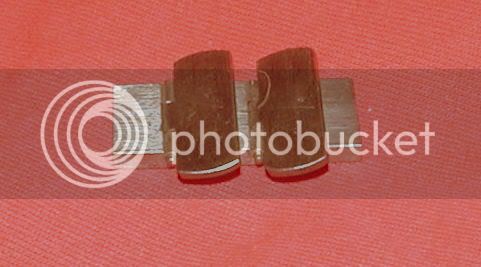Way back in the 60's when I had a little more hair and it was somewhat darker, I got hooked on Muzzleloaders & Black Powder,
Up here in Ottawa Canada the availability of muzzleloaders was few and far between, so we shot what we could find...one lad used a Lee Enfield bolt action, with a primed case, then loading from the muzzle, some used Snyders.
We tried making our own, but the information and photos were rare.
THEN along came this guy "Turner Kirkland" and a new age was born.
Most of the stuff was not PC or HC, nobody cared, it was close enough.
We are very fortunate today ,to have the information to educate ourselves on what is right and what could be better, to better replicate the period and time of our desired piece.
So never let somebody insist that your piece is not historically correct, enjoy what you have, and learn as you go.
Thanks to Track of the Wolf, Shumway, Alexander,Dixion's and the many fine black powder gun makers of today, we, the students are much better equipped to venture forth, and make a heirloom and leave it for our sucessors for the future to wonder why we did it.
To the unknowing,why would anybody want one of those smokepoles...when they could have a Remchester, or AK47.
Best Regards
Old Ford
Up here in Ottawa Canada the availability of muzzleloaders was few and far between, so we shot what we could find...one lad used a Lee Enfield bolt action, with a primed case, then loading from the muzzle, some used Snyders.
We tried making our own, but the information and photos were rare.
THEN along came this guy "Turner Kirkland" and a new age was born.
Most of the stuff was not PC or HC, nobody cared, it was close enough.
We are very fortunate today ,to have the information to educate ourselves on what is right and what could be better, to better replicate the period and time of our desired piece.
So never let somebody insist that your piece is not historically correct, enjoy what you have, and learn as you go.
Thanks to Track of the Wolf, Shumway, Alexander,Dixion's and the many fine black powder gun makers of today, we, the students are much better equipped to venture forth, and make a heirloom and leave it for our sucessors for the future to wonder why we did it.
To the unknowing,why would anybody want one of those smokepoles...when they could have a Remchester, or AK47.
Best Regards
Old Ford






